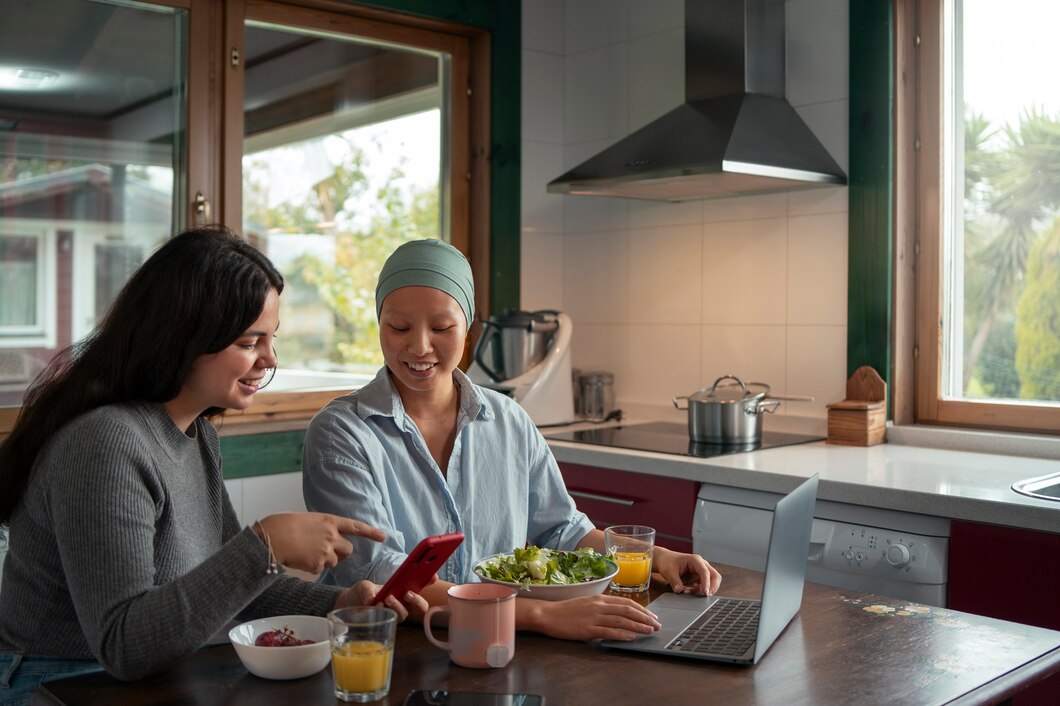The Role of Cooking in Cancer Prevention
Cooking is not just about flavor; it significantly influences the nutrient profile and cancer-fighting properties of food. Understanding this relationship can help us optimize our diets for cancer prevention. From grilling and boiling to steaming and roasting, each cooking method impacts how nutrients are absorbed by our bodies, sometimes enhancing their beneficial properties and other times diminishing them.
The Best Cooking Methods to Preserve Nutrients
Preserving the anticancer effects of food starts with choosing the right cooking methods. Steaming, for instance, tends to preserve the most nutrients compared to other techniques. It is particularly effective for vegetables like broccoli and spinach, ensuring that their vitamins and minerals remain largely intact.
Boiling can cause water-soluble vitamins like Vitamin C to leach into the cooking water, while grilling might generate harmful compounds if food is exposed to high temperatures for too long.
Steaming Vegetables for Maximum Potency
Sample Recipe: Steamed Broccoli with Lemon and Garlic
Ingredients: - 1 head of broccoli, cut into florets - 2 cloves of garlic, minced - 1 lemon, juiced - 1 tablespoon of olive oil
Instructions: - Steam broccoli florets for about 5-6 minutes until bright green and tender. - In a bowl, mix minced garlic, lemon juice, and olive oil. - Toss steamed broccoli in the lemon garlic mixture. - Serve immediately.
This method ensures the broccoli retains its valuable nutrients, aiding in its role as a cancer-fighting vegetable.
Avoiding Carcinogenic Compounds
Certain cooking methods, such as grilling and frying, can produce carcinogenic compounds like heterocyclic amines (HCAs) and polycyclic aromatic hydrocarbons (PAHs). To mitigate this risk, marinate meats before grilling and avoid charring food.
Tips for Safer Grilling
Safer Grilling Tips: - Marinate: Use vinegar or lemon-based marinades to reduce HCAs. - Moderate Heat: Cook meats on medium heat to prevent charring. - Pre-Cook: Partially cook meats in the oven or microwave before grilling to reduce time on the grill.
For a holistic approach, integrate ingredients like spices and herbs known for their anticancer properties. Recipes that blend nutritious foods with mindful cooking methods can be both delicious and beneficial.
Enhancing Bioavailability of Nutrients
Cooking can also enhance the bioavailability of certain nutrients. Lycopene, found in tomatoes, is more readily absorbed by the body when tomatoes are cooked.
Sample Recipe: Tomato Basil Soup
Ingredients: - 4 large tomatoes, chopped - 1 onion, diced - 2 cloves of garlic, minced - 3 cups of vegetable broth - 1 cup of fresh basil leaves - Salt and pepper to taste
Instructions: - Sauté onions and garlic until fragrant. - Add chopped tomatoes and vegetable broth. - Simmer for 30 minutes. - Blend the mixture until smooth. - Stir in fresh basil leaves before serving.
The heat enhances lycopene absorption, turning this soup into a potent cancer-fighting dish.
Conclusion
Understanding how cooking methods impact the cancer-preventive properties of food is crucial. By choosing preparation techniques that preserve or enhance nutrient bioavailability, we can make our meals not only tasty but also beneficial for our health.
For additional tips on cooking with immune-boosting ingredients, refer to Boost Immune System with Superfoods and learn how to Develop Healthy Relationship with Food.




